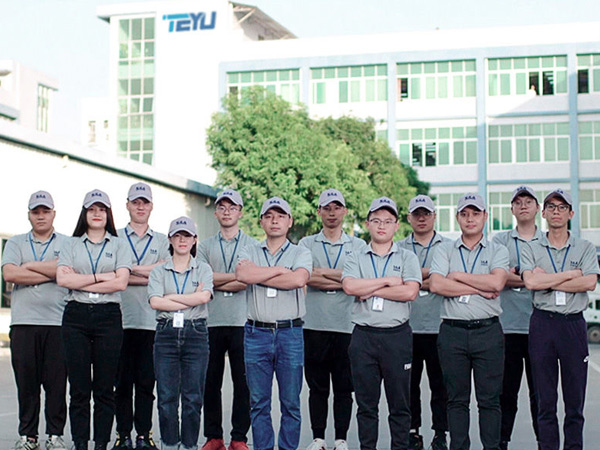Nieszczelności w przemysłowych agregatach chłodniczych mogą wynikać ze starzenia się uszczelnień, nieprawidłowego montażu, żrącego medium, wahań ciśnienia lub wadliwych podzespołów. Aby rozwiązać ten problem, konieczna jest wymiana uszkodzonych uszczelnień, zapewnienie prawidłowego montażu, zastosowanie materiałów odpornych na korozję, ustabilizowanie ciśnienia oraz naprawa lub wymiana wadliwych części. W skomplikowanych przypadkach zaleca się skorzystanie z pomocy specjalisty.
Jak identyfikować i naprawiać problemy z nieszczelnością w przemysłowych agregatach chłodniczych?
Przemysłowe agregaty chłodnicze odgrywają kluczową rolę w utrzymaniu optymalnej temperatury roboczej w różnych zastosowaniach. Jednak sporadycznie mogą wystąpić problemy z wyciekami, co prowadzi do obniżenia wydajności, przestojów i kosztów konserwacji. Zrozumienie przyczyn i umiejętność szybkiego ich rozwiązania może pomóc w zapewnieniu długoterminowej niezawodności systemu.
Najczęstsze przyczyny wycieków w przemysłowych agregatach chłodniczych
Do wycieków w przemysłowych agregatach chłodniczych może przyczyniać się kilka czynników. Jedną z najczęstszych przyczyn jest starzenie się lub uszkodzenie pierścieni uszczelniających, które z czasem ulegają degradacji z powodu zużycia, niewłaściwego doboru materiałów lub narażenia na działanie niekompatybilnych płynów. Błędy montażowe, takie jak zbyt mocne dokręcenie lub nieprawidłowe ustawienie komponentów, mogą również naruszyć szczelność. Nieprawidłowo zarządzane, żrące czynniki chłodzące mogą powodować erozję uszczelnień i elementów wewnętrznych. Ponadto, nadmierne wahania ciśnienia mogą uszkodzić uszczelnienia i doprowadzić do wycieków. Usterki innych podzespołów agregatu, takich jak zbiornik wody, parownik, skraplacz, rurociągi lub zawory, również mogą powodować wycieki, jeśli występują wady spawalnicze lub luźne połączenia.
Rozwiązania i środki zapobiegawcze
Aby rozwiązać problemy z wyciekami, konieczna jest wymiana zużytych lub niekompatybilnych pierścieni uszczelniających na odpowiednie materiały, spełniające warunki eksploatacji. Upewnij się, że wszystkie komponenty są prawidłowo zamontowane i dokręcone zgodnie z instrukcją obsługi. Wybierz materiały odporne na korozję i regularnie czyść system oraz wymieniaj czynnik chłodniczy, aby zapobiec uszkodzeniom chemicznym. Montaż urządzeń stabilizujących ciśnienie, takich jak zbiorniki buforowe lub zawory bezpieczeństwa, może pomóc w utrzymaniu stałego ciśnienia wewnętrznego. W przypadku uszkodzonych elementów konstrukcyjnych naprawa poprzez spawanie lub wymianę podzespołów może być konieczna. W razie wątpliwości lub braku wiedzy technicznej, zdecydowanie zaleca się kontakt z profesjonalnym zespołem serwisowym. Użytkownicy agregatów chłodniczych TEYU S&A mogą skontaktować się z naszym zespołem posprzedażowym pod adresem:service@teyuchiller.com aby uzyskać pomoc ekspertów.
Identyfikując przyczynę wycieków i wdrażając odpowiednie rozwiązania, operatorzy przemysłowych agregatów chłodniczych mogą skutecznie chronić swój sprzęt i utrzymać wydajną wydajność chłodzenia.


Jesteśmy tu dla Ciebie, kiedy nas potrzebujesz.
Wypełnij formularz, aby się z nami skontaktować, a my chętnie Ci pomożemy.









































































































